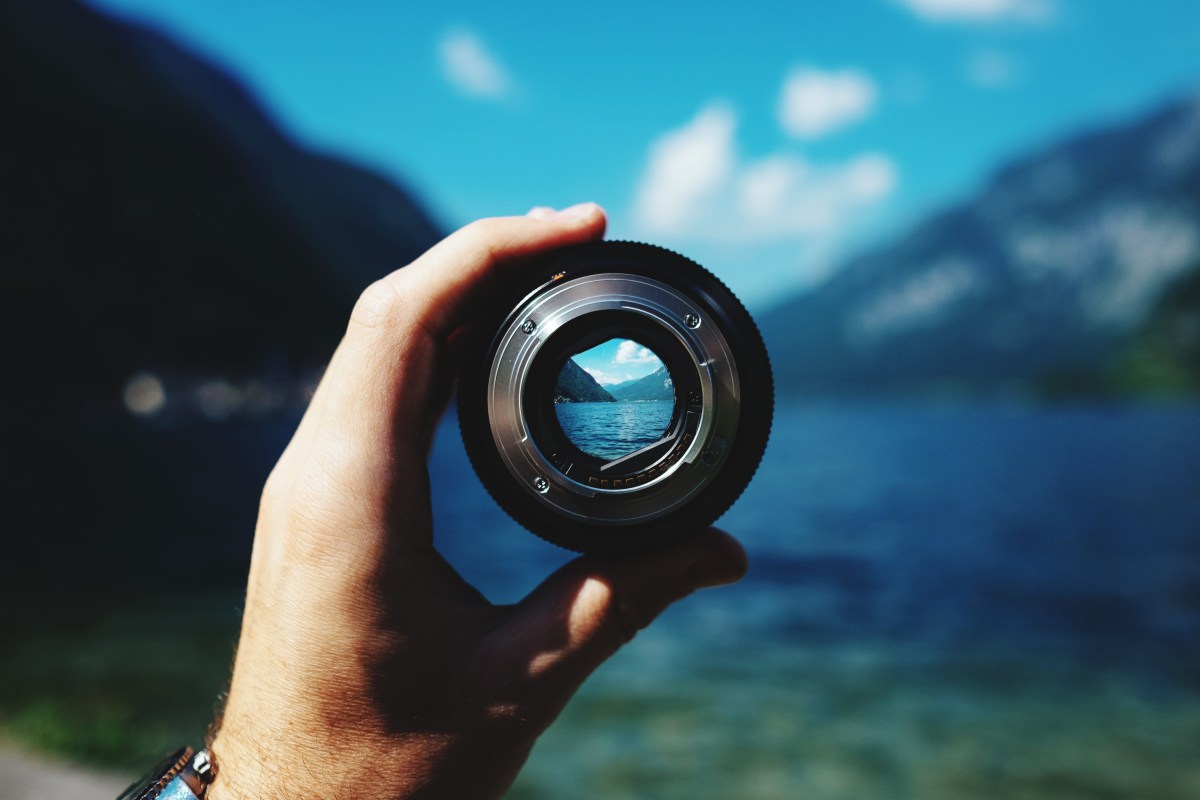- Reaction score
- 1,677
Computer vision could be a lot faster and better if we skip the concept of still frames and instead directly analyze the data stream from a camera. At least, that’s the theory that the newest brainchild spinning out of the MIT Media lab, Ubicept, is operating under.
Most computer vision applications work the same way: A camera takes an image (or a rapid series of images, in the case of video). These still frames are passed to a computer, which then does the analysis to figure out what is in the image. Sounds simple enough.
But there’s a problem: That paradigm assumes that creating still frames is a good idea. As humans who are used to seeing photography and video, that might seem reasonable. Computers don’t care, however, and Ubicept believes it can make computer vision far better and more reliable by ignoring the idea of frames.
The company itself is a collaboration between its co-founders. Sebastian Bauer is the company’s CEO and a postdoc at the University of Wisconsin, where he was working on lidar systems. Tristan Swedish is now Ubicept’s CTO. Before that, he was a research assistant and a master’s and Ph.D. student at the MIT Media Lab for eight years.
“There are 45 billion cameras in the world, and most of them are creating images and video that aren’t really being looked at by a human,” Bauer explained. “These cameras are mostly for perception, for systems to make decisions based on that perception. Think about autonomous driving, for example, as a system where it is about pedestrian recognition. There are all these studies coming out that show that pedestrian detection works great in bright daylight but particularly badly in low light. Other examples are cameras for industrial sorting, inspection and quality assurance. All these cameras are being used for automated decision-making. In sufficiently lit rooms or in daylight, they work well. But in low light, especially in connection with fast motion, problems come up.”

Everything you know about computer vision may soon be wrong | TechCrunch
Ubicept believes it can make computer vision far better and more reliable by ignoring the idea of frames.
In short, the camera takes a picture that records all of the noise and light source datastream into a RAW format, which can later be processed into still images for better clarity during the post-processing phase.



